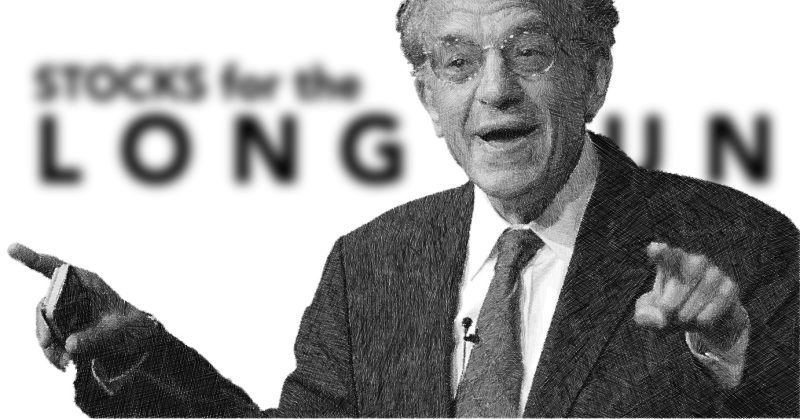by Professor Jeremy J. Siegel, Senior Economist to WisdomTree and Emeritus Professor of Finance at The Wharton School of the University of Pennsylvania
This week’s market resilience in the face of rising geopolitical tensions underscores an important structural shift. The Israeli strikes and broader Middle East dynamics, while concerning, sparked only a modest reaction—a far cry from the volatility such events triggered in past decades. This reflects Iran’s significantly diminished power and the United States' energy independence. Oil-related risks are now far less potent, a major departure from prior crises where U.S. energy import reliance sent shockwaves through equity and bond markets alike. Furthermore, the prospect of a regime shift to a non-nuclear Iran and greater Mideast stability, although certainly not assured, is tantalizing to the markets.
While the headlines are dominated by geopolitics, investors also need to focus on what I view as the more meaningful development: the continued softening of inflation data. Both CPI and PPI came in on the low side, confirming the disinflationary trend that’s been evident. These price increases have not yet fully worked their way into the data and are likely to show up over the next couple of months. Even so, the underlying trend is down (excluding tariff impacts coming up). My view remains firm: ex-tariffs, inflation is cooling, and the Fed should begin easing policy.
Initial jobless claims did rise slightly, crossing the upper bound of the recent range I’ve been watching—240,000. While not dramatically higher, it’s a potential early signal of a cooling labor market, something the Fed will have to factor into its forecasts. That said, I do not expect any revelations from this week’s FOMC meeting. The tone will remain cautious. The dot plot, which has already been submitted by the FOMC participants, might see minor adjustments due to recent events, but I don’t anticipate significant movement either in the median forecast or Chair Powell’s messaging.
We’re likely to hear more of the same: flexibility, data-dependence, and a measured tone that leaves the door open for rate cuts without committing to a schedule. The Fed should begin cutting rates soon—and likely will by the third quarter. I expect 25 basis point cuts at every meeting through year-end barring any major surprises. 3.5% is where the Fed should be.
One of the more intriguing market narratives last week came from the payment systems space. Amazon and Walmart are reportedly exploring the use of stablecoins to bypass Visa and Mastercard’s entrenched transaction fees. This is a development I’ve long hoped for. The inefficiencies of our current payment architecture have not only been a drag on productivity but also, I believe, contributed to the rise of Bitcoin. A move by major retailers toward stablecoin usage could usher in a new era of more efficient, lower-cost payments. Visa and Mastercard shares dropped sharply on the news, and rightly so. If successful, this shift could meaningfully disrupt their business models.
It’s too early to determine whether Bitcoin is a safe-haven or a risk asset in this environment. Gold moved up on the geopolitical developments, while Bitcoin declined—potentially reacting to both the Middle East tensions and the threat of competition from stablecoins.
Overall, I remain optimistic. Markets have shown impressive resilience, inflation is heading in the right direction, and the Fed will ultimately come along. Stay focused on fundamentals and avoid getting whipsawed by noise.
Copyright © WisdomTree













